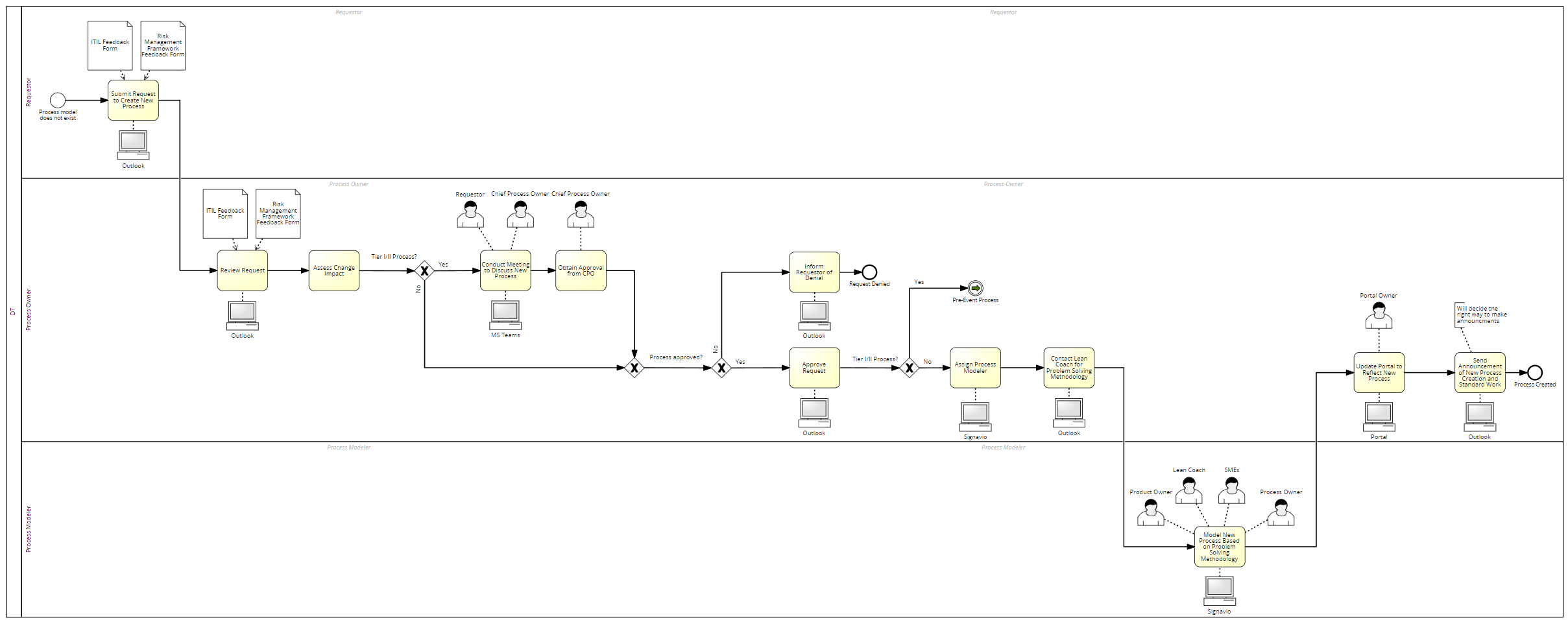Summary
A Global Insurance Organization sought a systematic approach to standardize and analyze various processes for the purpose of implementing automation software. These processes encompassed Sales, Client Onboarding, Policy Servicing, Fiduciary, Placement, and Claims. Scheer Americas efficiently responded by enabling their journey using its Value-driven Business Process Management methodology. A Target Operating Model was devised, outlining the processes requiring the creation of "To-Be" processes in the repository. The "To-Be" processes identified the tasks to be automated by the software and served as Reference Models, ensuring consistent execution across multiple countries in Latin America, with allowances made for country-specific variations.
Organization Background
The organization is the world's leading insurance firm, offering a wide range of services globally. Its Latin America (LAC) branch, with over 500 facilities in countries such as Mexico, Brazil, Argentina, and others, is a prominent player in the region. With a strong workforce and comprehensive services, including risk management and investment advisory, the LAC branch is trusted for its exceptional service quality and customer-centric approach. Dedicated to meeting the diverse insurance needs of clients across Latin America, the organization’s LAC branch plays a crucial role in the region's insurance landscape.
Business Challenges and Opportunities
In order to establish the Reference Models, the organization systematically captured task-level details of processes from each region. This foundation allowed for the identification of automation and standardization opportunities. The resulting automation opportunities were then documented in the Reference Models, which served as clear instructions for the software vendor. These models helped streamline the automation project and ensure it met the organization's automation needs. The organization's approach involved capturing task-level details of processes from different regions to create the Reference Models. This comprehensive foundation enabled the identification of potential areas for automation and standardization. The resulting automation opportunities were then meticulously documented in the Reference Models, providing the software vendor with clear instructions on how to proceed with the automation project. By leveraging these models, the organization was able to streamline the automation process, ensuring it aligned with the organization's automation requirements and objectives.
Solution
The organization took a meticulous approach to define the scope of the project for establishing the Reference Models. In-depth interviews were conducted with Business Process Owners (BPOs) and technical leads to thoroughly understand the Target Operating Model (TOM). This involved utilizing a comprehensive BPMN 2.0 methodology, ensuring that all aspects of the project were carefully considered. The result was the development of over 100 "To-Be" Reference Models in the repository, covering all six business areas of the organization.
Within these Reference Models, hundreds of tasks were identified as potential automation opportunities. This was achieved through the use of specific attributes within the tool, which allowed for efficient and effective identification of tasks suitable for automation.
This comprehensive approach made it simple to communicate the automation requirements to the software vendor, ensuring a clear and organized roadmap for the automation project.
The organization's attention to detail extended to addressing country-specific variations. In instances where divergent paths were identified due to country-specific differences, these variations were included in the Reference Models. The relevant country was specified in the model, ensuring that the automation project took into consideration the unique requirements of each country. This approach ensured that the resulting automation solutions were tailored to the specific needs of each region, maximizing the efficiency and effectiveness of the automation project.
Results
This successful project achieved the following results:
- The Digital Technology End-to-End Business Process model increased transparency of the process hierarchy for the business unit and eased navigation within the repository.
- The new folder structure introduced transparency across the organization by publishing the process models which were the “single source of truth” and eliminated process redundancies.
- The folder structure increased process-led efficiencies as the models became easier to prioritize and manage while conducting process improvement initiatives.
- Governance roles enforce the policies around the process models and the repository reducing errors and unapproved changes in the process models as well as controlling who has access to editing capabilities of the tool.
- The process of process management processes will now inform the business of how and when processes are created, updated, and retired as well as who is responsible for those processes leading to more efficient process-led initiatives.

Figure 1: Example process for 'Create New Process Model'